
Trending News
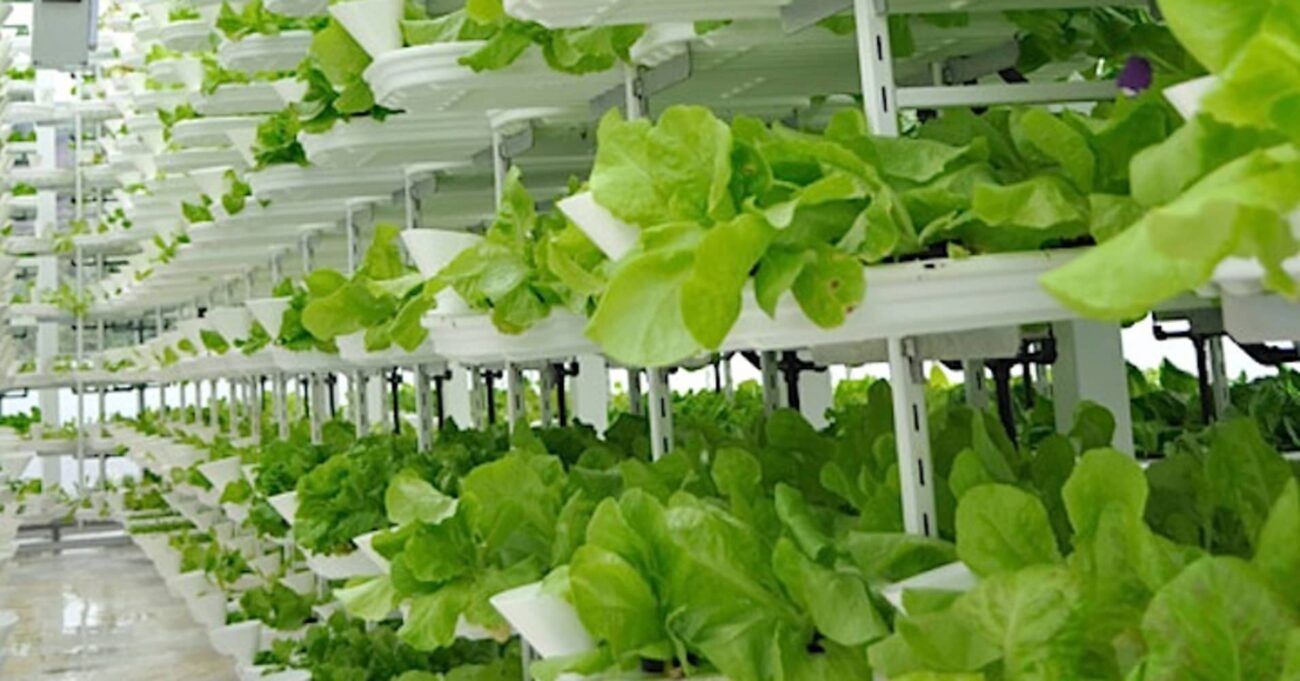
Vertical farming is a practice that uses multiple levels of growing areas to produce food indoors. Unlike traditional agriculture, urban vertical farming doesn’t require tilling and soil. Instead, it only requires a vertical space making it ideal for large cities where land is limited.
Vertical farming is an innovative technology that helps combat food shortages by growing crops more efficiently and sustainably. This article details how vertical farming works and the necessary steps to carry out this approach effectively.
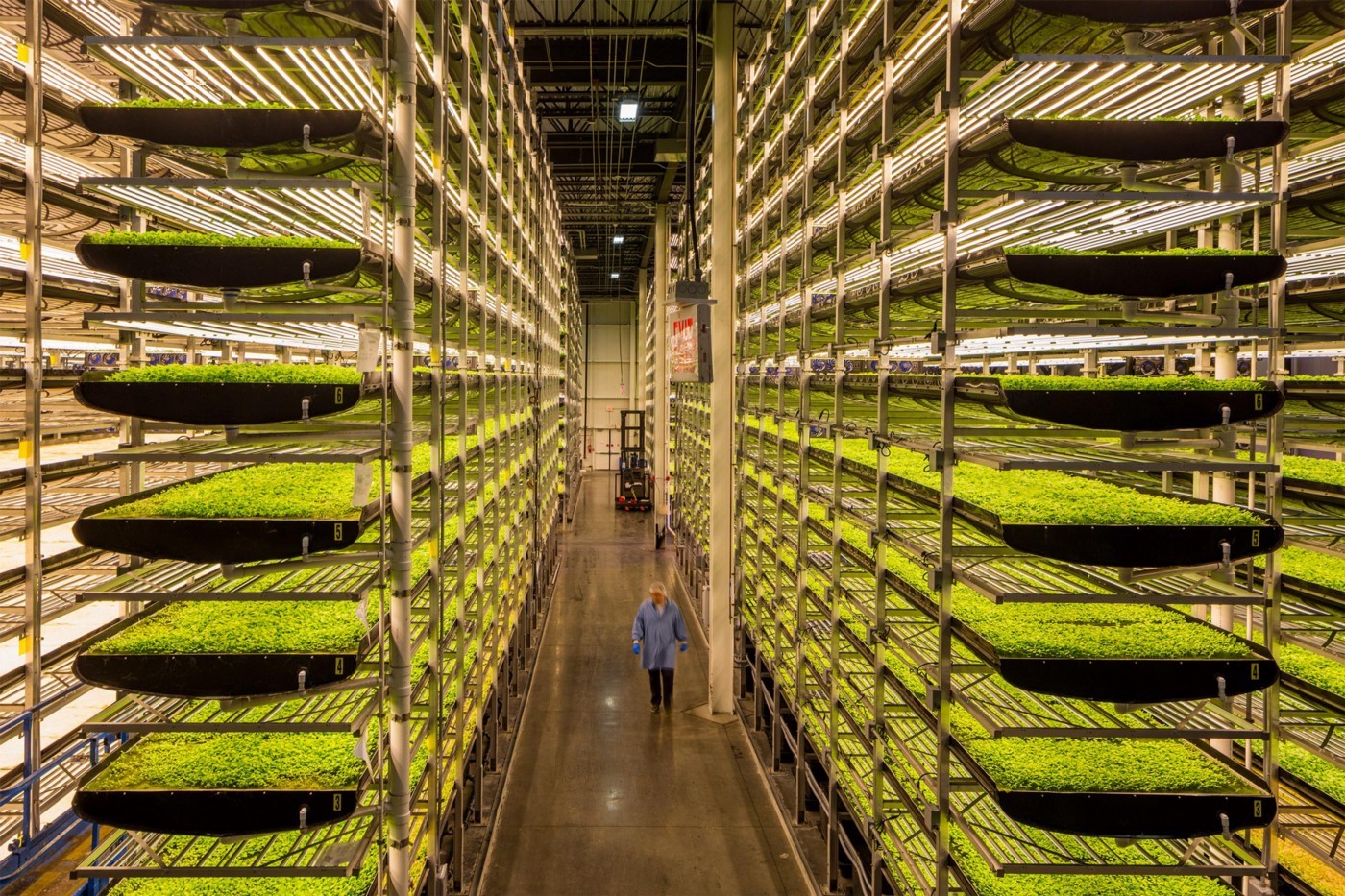
What You Need for Vertical Farming
The focus of vertical farming is to grow food in densely populated cities in efficient and sustainable ways. The key to success with vertical farming lies in the design of indoor farms. These farms must be highly automated for maximum efficiency. They also need to be very energy efficient, as well as clean, and safe for consumers.
So what do you need for vertical farming? Here’s a quick run-down of some of the essential components of designing indoor farms:
LED Lighting Systems
LED lighting’s energy savings and efficiency make it a perfect choice for vertical farming. In addition, LEDs come in all sizes and shapes and last longer than other bulbs, thus saving money in the long run. The benefit of using LED lights is that plants get the right amount of light they need because LED lights allow you to control precisely how much light a plant receives.
Air circulation systems
For plants to grow well in small spaces, they need efficient air circulation systems that provide sufficient oxygen from top to bottom. Some systems use fans or pumps to deliver air downwards, while others use the natural convection currents created by warm air rising and drawing cooler air down into the growing area.
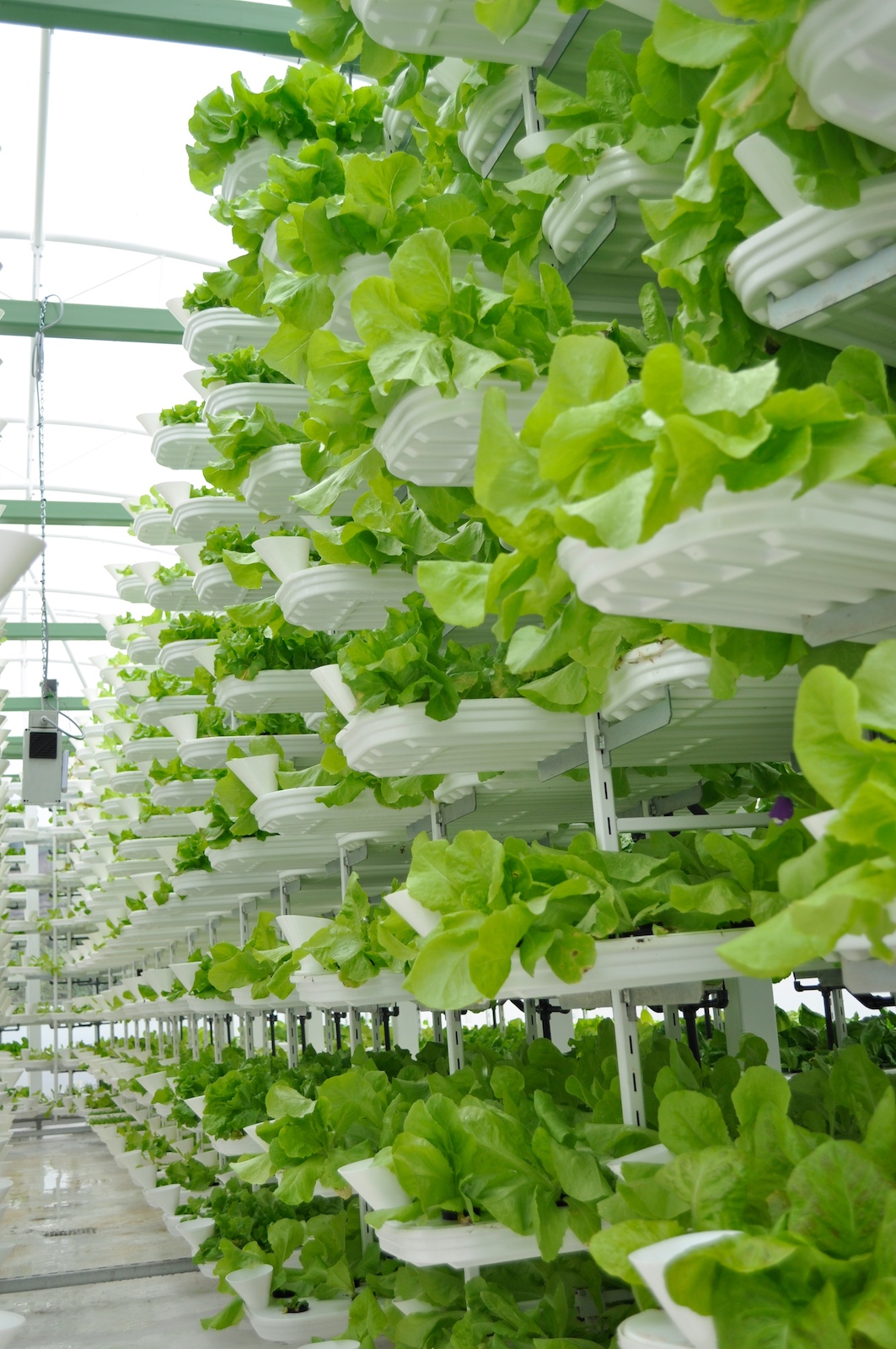
Hydroponics
Hydroponics makes vertical farming possible by growing plants in nutrient-rich solutions instead of soil. Hydroponics also allows farmers to control the environment by maintaining a temperature that keeps producing fresh longer and prevents spoilage.
Hydroponics requires less space than other forms of vertical farming because the plants grow in water without soil. Consequently, water is enriched with nutrients that plants need instead of taking them from the soil.
Maintaining proper temperature is vital in hydroponics. Many commercial vertical farms rely on hydroponic grow lights to supplement natural sunlight and control temperatures. In addition, the grow lights provide heat during cold months.
A crucial requirement for hydroponics is a reliable source of electricity to allow plugging of pumps, lights, and fans into an outlet.
Aeroponics
Aeroponics utilize an air or mist environment to grow crops without soil or synthetic fertilizers. Further, the process uses water and nutrients to create a solution to spray over the plant roots.
However, you will need a special system to handle it, including a reliable and steady power supply so that your entire system does not crash. In addition, you require a fan to circulate air throughout your grow room and keep all plants healthy. It also allows them to grow at the same pace and help distribute nutrients throughout your system.
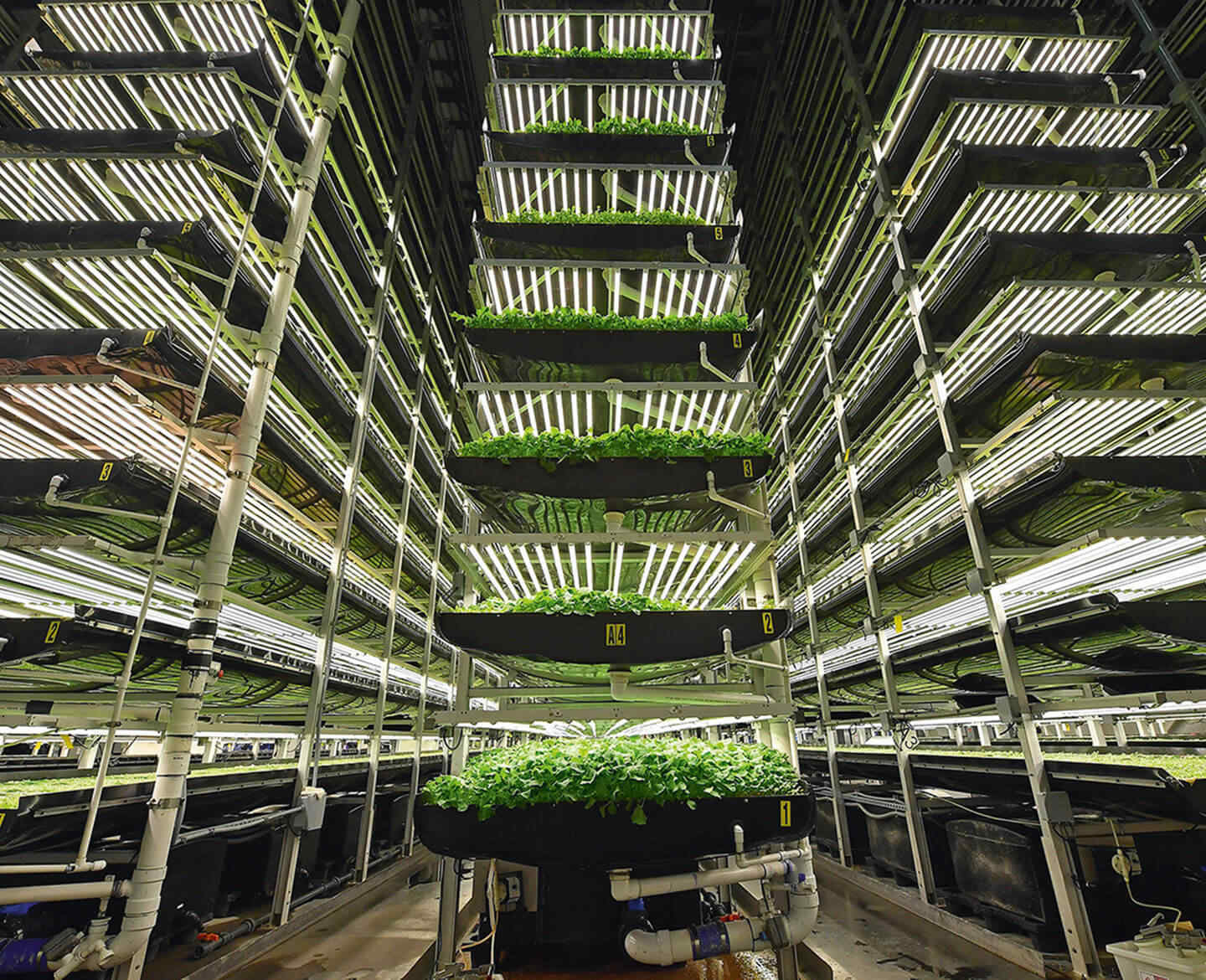
Benefits of Vertical Farming
Vertical farming is good for the environment and is also a good investment.
Less Space Needed
Whereas outdoor farms occupy miles and miles of land, vertical farms occupy only a fraction of that space. Vertical farming can expand food production beyond the reach of land and water resources. It improves food production efficiency with less energy input per unit of food produced. In addition, it provides opportunities for people who aren’t able to start an outdoor farm to make a living still.
No Risk of Climate Change
Vertical farming reduces energy and water consumption. In a vertical farm, you can grow the same amount of produce with far less water than a regular farm would need. As a result, vertical farming is an eco-friendly way for healthy food production.

Energy Efficiency
Vertical farming uses artificial light to give crops their maximum growth potential. The lighting system has two benefits: First, it reduces the amount of sunlight needed to grow plants. Second, it allows farmers to control the light spectrum to grow plants more efficiently. By eliminating the need for natural sunlight, vertical farms also eliminate the cost of cooling systems needed to eliminate excess heat produced by sunlight.
Controlled Environment
You won’t need to worry about weeds or pests because you will be controlling every aspect of the environment, including temperature, lighting, and hydration. Thus, you can monitor your plants as they grow indoors, allowing for more efficient farming. In addition, vertical farms can produce crops that are free from pests and disease, making them ideal for organic gardening.
Full Year-Round Farming
Another advantage of Vertical farming allows all-year-round production, which means no seasonal crop failures resulting from extreme weather conditions or pests. Vertical farms use advanced lighting and climate systems to control how the plants grow and when they grow.
Labor Costs
By growing fruits, vegetables, and herbs vertically, farmers can save money on labor costs while producing higher quality crops that are more desirable to consumers. Vertical farms use less staffing than traditional farms do. They also rely on fewer pesticides and herbicides, so they don’t need as many workers to inspect crops for damage or administer treatment.
Convenience
Farms in cities will make it easier for people to buy fresh produce. People living in cities often do not have access to grocery stores, so they must travel far to purchase fresh food from the farm. Vertical farms could be built near apartment buildings, making it easy to get food daily.
Vertical farms would also eliminate the need to transport food, helping to reduce fossil fuel consumption and cut down on pollution in general.
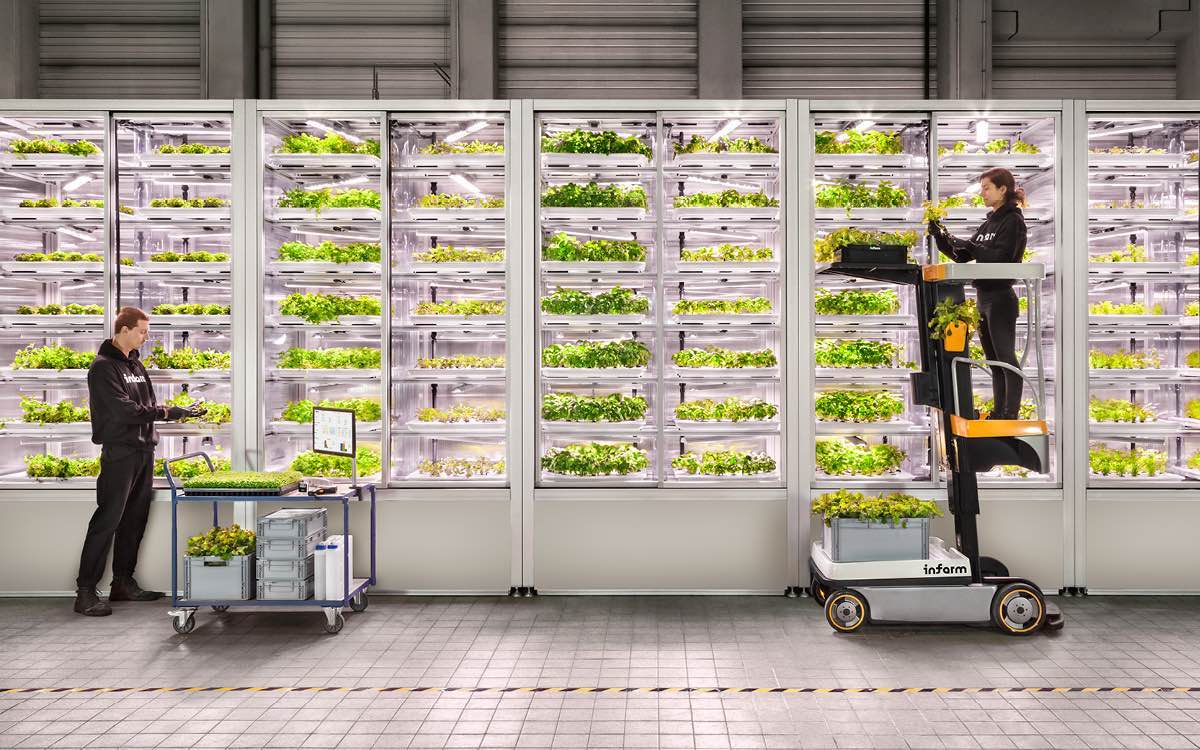
Final Submission
Vertical farming fosters a sustainable agricultural system where farms produce food without pesticides, herbicides, and fertilizers. They also reduce transportation costs, save energy and water use, don’t require large tracts of land, and don’t contribute to soil erosion.
Vertical farms use LED lights that provide light at specific wavelengths optimal for plant growth. Vertical farms also control temperature and humidity to create the ideal environment for crops.
Vertical farming has grown in popularity in recent years, and it’s not too far-fetched to say that it will soon become the norm. A vertical farm is one of the best ways to combat environmental damage, create efficient ways to grow food, and at the same time, it will potentially free up space for more housing in our cities.
How Vertical Farming Works
Source: Kalayaan News PH


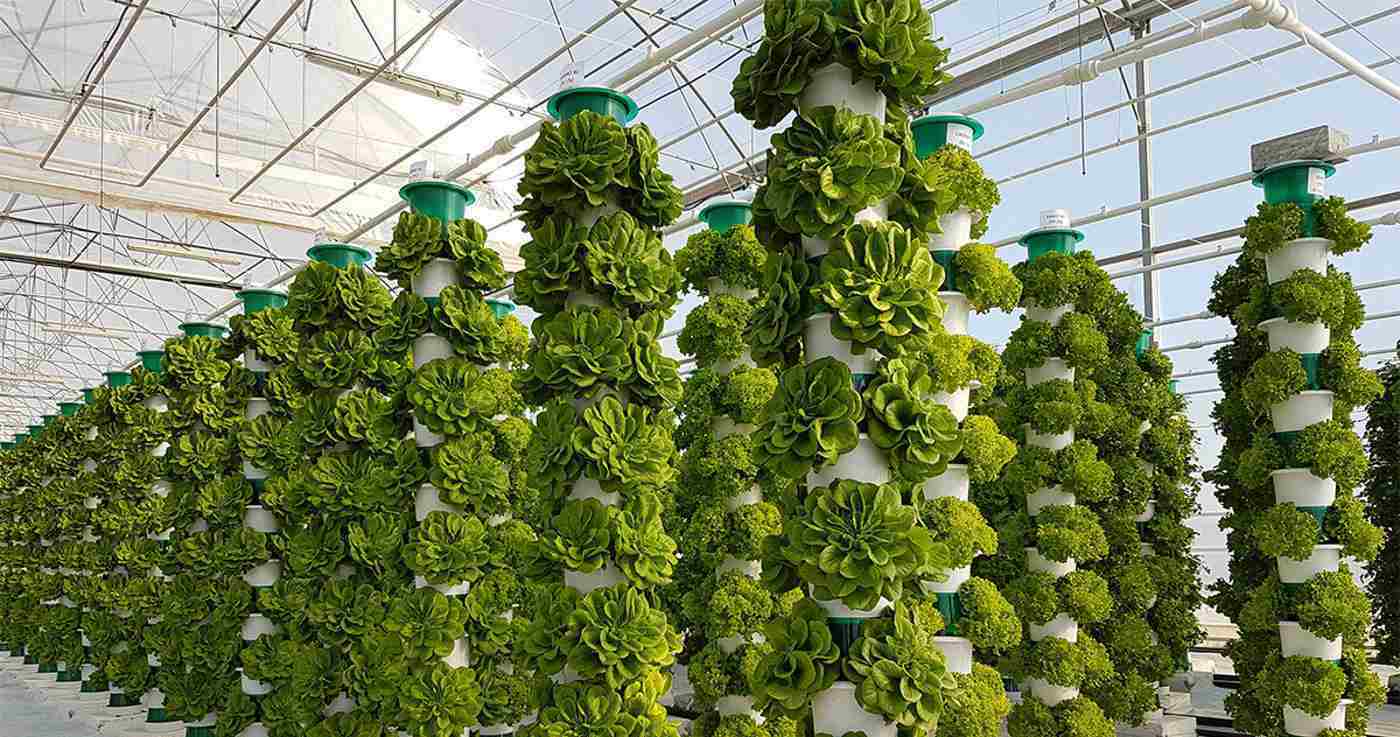
0 Comments